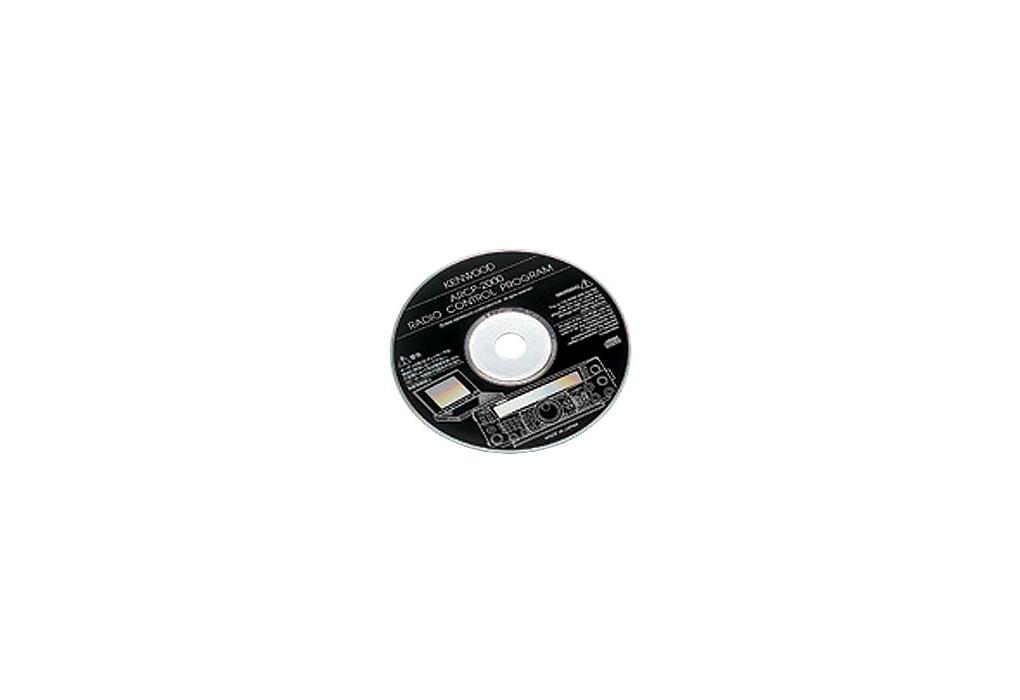

- Arcp 2000 cracker how to#
- Arcp 2000 cracker registration#
- Arcp 2000 cracker verification#
- Arcp 2000 cracker software#
- Arcp 2000 cracker crack#
The magnitude and distribution of the loads are determined, and the physical properties necessary to support those loads are calculated. The Direct Design is the design of the pipe in the installed condition. More information on Indirect Design can be found in the Standard Installation brochure. Indirect Design is the comparison of the structural strength of the pipe found in the Three-Edge Bearing test to the field supporting strength of a buried pipe.
Arcp 2000 cracker software#
This software will help you analyze different Installation Types to help you decide on the most economical choice.
Arcp 2000 cracker registration#
The American Concrete Pipe Association has PipePac software that can be downloaded free of charge by filling out the registration form at the bottom of the page. The type of Installation you choose will be based on a combination of factors such as available backfill materials, depth of fill, and required class of pipe. Soil and Minimum Compactions are shown below:
Arcp 2000 cracker verification#
Therefore, field verification of soil properties and compaction levels should be performed. A Type 1 installation requires greater soil stiffness from the surrounding soils than the Type 2, 3, and 4 installations, and is thus harder to achieve. As a designer you can choose from a Type 1 Installation that requires high quality backfill material and compaction levels coupled with a lower strength pipe to a Type 4 Installation utilizing a lower strength pipe because it was developed for conditions with little or no control over the fill materials or compaction. The four Standard Installations provide an optimum range of soil-pipe interaction characteristics. The supporting strength of a pipe loaded under three-edge-bearing test conditions expressed in pounds per linear foot of inside diameter or horizontal span. The required D-load capacity per pipe is as follows. The classes are designated in ASTM C 76, or AASHTO M 170. The classes of pipe represent the minimum D-load capacity a pipe produced to that class must have. To make concrete pipe more readily available rather than produce the pipe to the specific D-load required for every job, precast concrete pipe is often specified in terms of a generalized class system.

Arcp 2000 cracker how to#
You can either use the ACPA Fill Height Tables to look up the required class of pipe or download Chapter 4 of the Concrete Pipe Design Manual for a thorough explanation of how to calculate the required class of pipe. How can I learn more about concrete pipe, boxes and alternate products? How do you locate a concrete pipe producer? How does the hydraulics of concrete pipe compare to the hydraulics of flexible pipe?Īre joints from alternate materials equivalent in performance to concrete pipe joints? What is the difference between concrete pipe and flexible pipe? What is Autogenous Healing and its relationship to pipe design?
Arcp 2000 cracker crack#
What is an acceptable crack width in a concrete pipe? What is the ASTM and AASHTO Standard for Reinforced Concrete Pipe. Where can I find standards pertaining to the manufacture, installation, and testing of concrete pipe and box culverts? What needs to be considered when transporting and unloading concrete pipe? Why can’t concrete pipe and thermoplastic pipe and corrugated steel pipe be installed the same way? What’s the tightest radius I can make with RCP? How much of a gap am I allowed between joints? What is the service life of concrete pipe?Īs an owner, how can I be sure that I’m buying quality concrete pipe? What is the difference between service life and design life? Why is it important to design concrete pipe to the 0.01-inch crack? How do I size the culvert required for my project?ĭoes Concrete Pipe qualify for LEED credits? What is the maximum flow velocity I can design RCP without cavitation?ĭoes the American Concrete Pipe Association provide any guidance on designing precast box culverts? What is the difference between a trench and embankment installation? What is the minimum fill height I can bury a concrete pipe? What is the difference in Direct and Indirect Design for RCP? What are standard installations and which type would I use for my project? How do I calculate the required class of pipe required for my project?


 0 kommentar(er)
0 kommentar(er)
